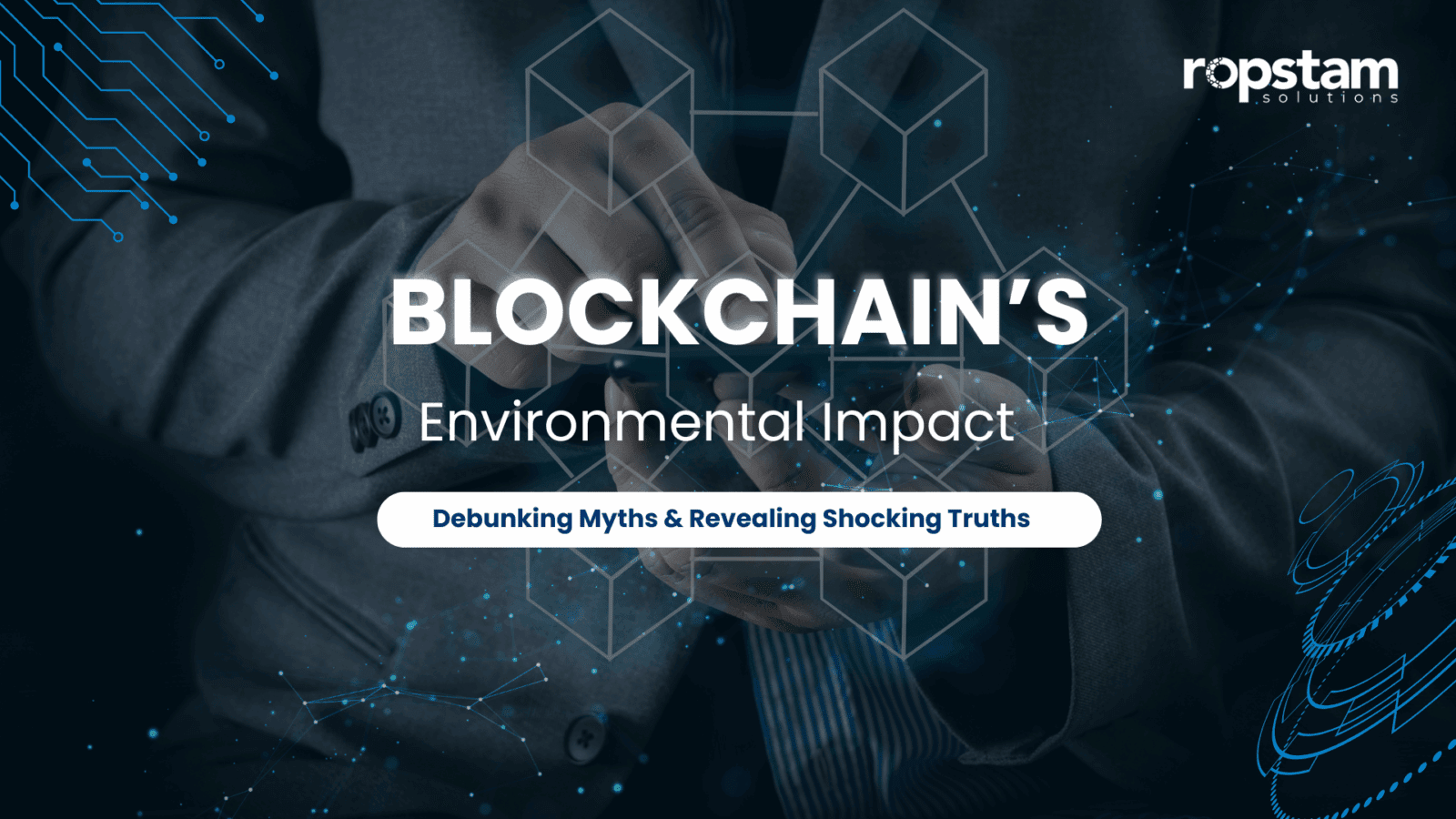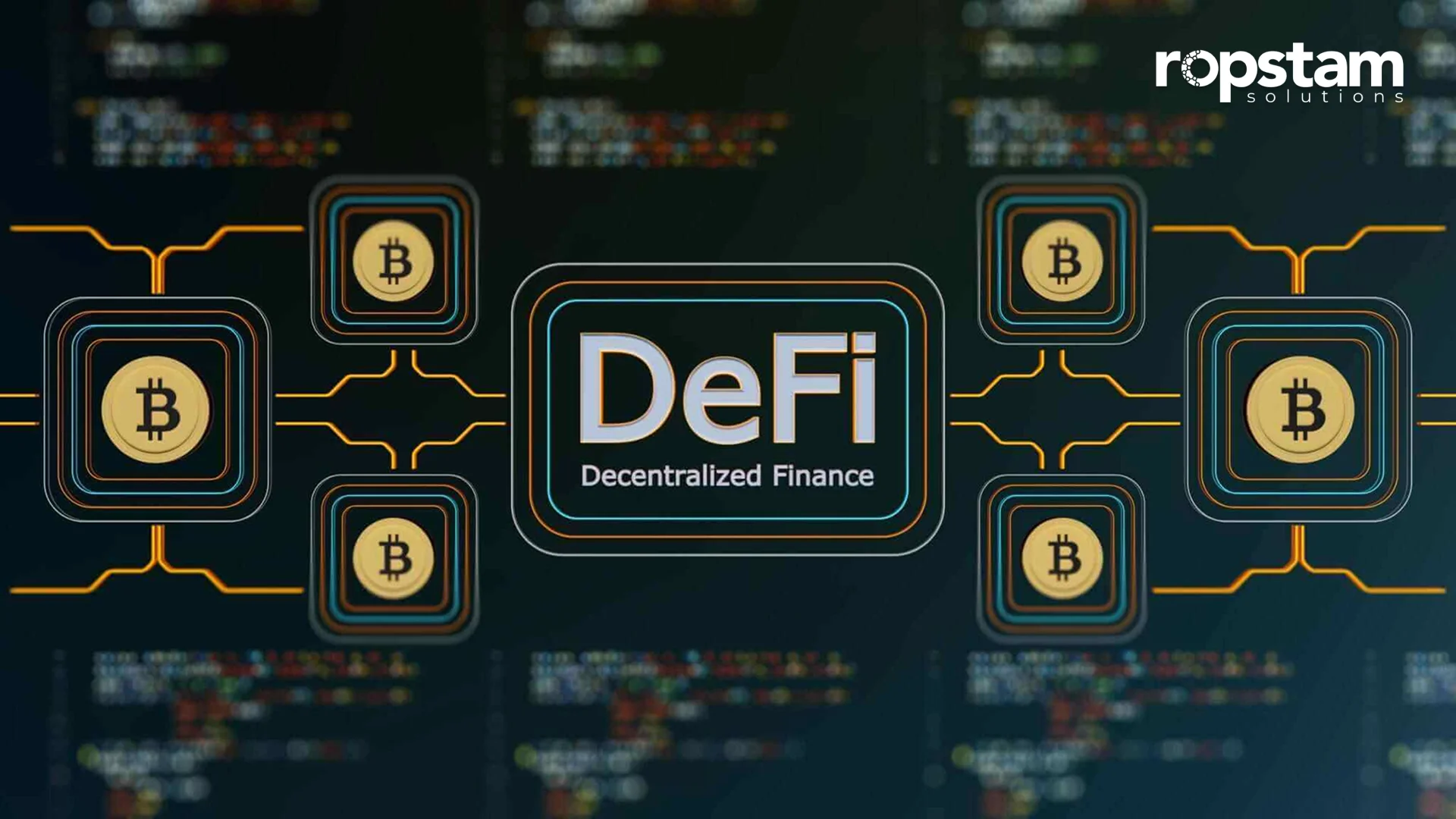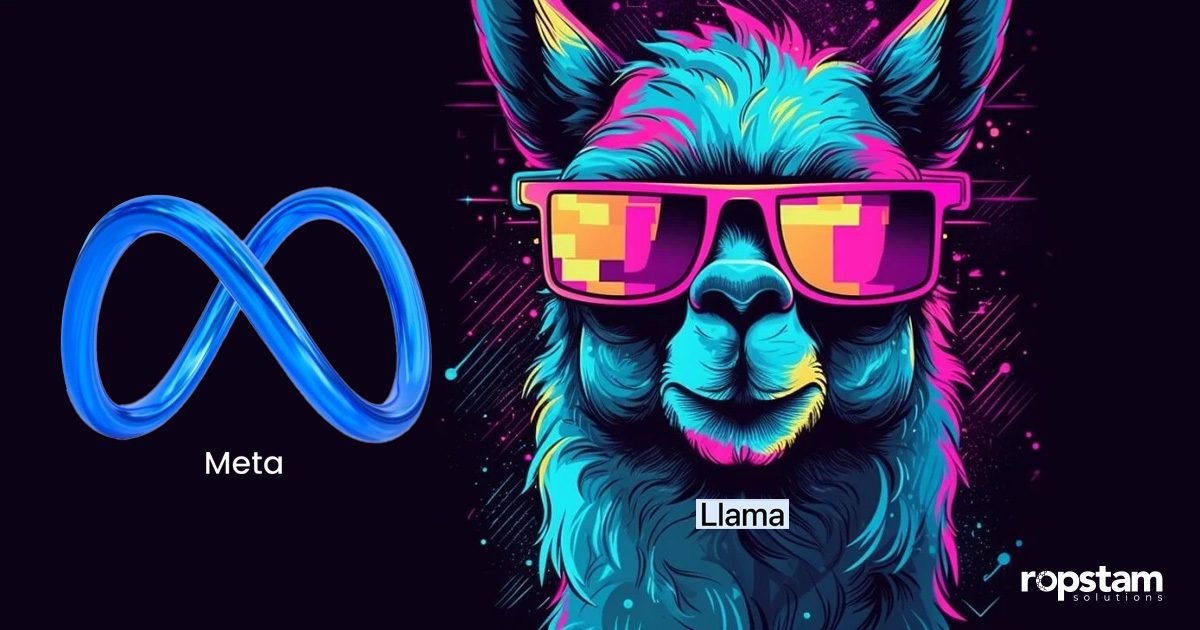Is blockchain causing global destruction, or is it merely a myth about technology? Concerns regarding the environmental impact of blockchain technology have intensified as it continues to influence sectors such as supply chain management and finance. The discussion surrounding the sustainability of blockchain technology has garnered significant attention, particularly with reports suggesting that its energy consumption rivals that of small nations, especially in the context of cryptocurrencies like Bitcoin. This has led to growing concerns about the environmental implications of blockchain and its overall sustainability. The debate over whether blockchain technology is sustainable has intensified due to headlines claiming that it consumes more energy than small nations, particularly when it comes to cryptocurrencies like Bitcoin.
The purpose of this blog is to help developers, companies, and interested readers make informed decisions by debunking myths and presenting the truth about blockchain’s environmental impact.
Myth #1: All Blockchain Technologies Consume Enormous Amounts of Energy
Fact: Energy usage varies significantly between different types of blockchains
The most widely cited statistic about blockchain energy use often refers to Bitcoin. Bitcoin’s Proof of Work (PoW) consensus mechanism indeed requires vast computing power, which in turn uses a large amount of energy. To put it simply, PoW involves solving complex mathematical puzzles to validate transactions, which is energy-intensive. However, this is not the standard for all blockchains. Many modern blockchains utilize alternatives, such as Proof of Stake (PoS), which significantly reduces energy consumption. PoS, in contrast, doesn’t require miners to solve complex puzzles; instead, they are chosen to validate transactions based on the number of coins they hold, making it more energy-efficient.
Myth #2: Blockchain is Inherently Unsustainable
Fact: Blockchain can promote environmental transparency and efficiency
Ironically, blockchain technology can also serve as a tool for environmental sustainability. Smart contracts and decentralized ledgers can be used to track carbon credits, certify ethical sourcing, and monitor supply chains for sustainability compliance. For instance:
- Renewable energy companies use blockchain to validate clean energy production.
- Non-profits use it to track donations and ensure transparency in environmental projects.
- Governments pilot blockchain-based programs to incentivize eco-friendly behavior.
So while energy consumption is a valid concern, blockchain can also help solve some of the very problems it’s accused of creating.
Myth #3: Bitcoin Mining is Always Bad for the Environment
Fact: The environmental impact of mining depends on the energy source
Not all Bitcoin mining operations rely on fossil fuels. A growing number of miners are turning to renewable energy sources, including hydro, solar, and wind power. According to data from the Bitcoin Mining Council, around 59% of global Bitcoin mining now uses renewable energy.
Myth #4: Blockchain’s Energy Use is Unjustifiable
Fact: Energy usage should be weighed against the value it provides
When evaluating the energy consumption of any technology, it’s essential to ask: What value does it deliver in return? Traditional banking systems, credit card networks, and even streaming services like YouTube or Netflix also consume significant amounts of energy. Blockchain offers:
- Decentralized financial access
- Fraud prevention
- Immutable data records
- Global transaction efficiency
The Software Developer’s Role in Sustainable Blockchain
As a software development agency, we believe that developers play a pivotal role in shaping a more sustainable blockchain ecosystem. Here’s how:
- Design Efficient Smart Contracts
Poorly written smart contracts can clog the network and consume unnecessary resources. Clean, optimized code is greener code.
- Choose Eco-Friendly Blockchains
When developing decentralized apps (dApps), choose platforms that use PoS or other low-energy consensus mechanisms.
- Leverage Off-Chain Computation
Wherever possible, offload computations off-chain and only commit essential data to the blockchain to save energy.
Future Outlook: Can Blockchain Be Green?
The future of blockchain is increasingly aligned with environmental sustainability. As technology matures, industry leaders are making conscious efforts to reduce energy consumption and design more environmentally friendly systems. Ethereum’s landmark transition from Proof of Work to Proof of Stake—known as The Merge—demonstrated that large-scale blockchains can drastically lower their energy footprint without sacrificing security or functionality. This move reduced Ethereum’s energy consumption by over 99%, setting a powerful example for others to follow. Innovative platforms like Chia, which uses Proof of Space and Time, and Algorand, a carbon-negative blockchain, are pushing the boundaries of sustainable blockchain infrastructure. These models are not only energy-efficient but also offer competitive scalability and performance.
Moreover, the broader Web3 ecosystem is beginning to prioritize sustainability as a core principle. From decentralized finance (DeFi) to NFTs, there’s a growing emphasis on building responsibly—with environmental, social, and governance (ESG) criteria in mind. Over the next 5 to 10 years, we can expect to see a blockchain landscape that better balances decentralization, transparency, and sustainability. With the right development choices and community support, blockchain has the potential to become a driving force for green innovation—inspiring a new wave of sustainable technology.
Blockchain and Climate Goals Can Coexist
In its early years, blockchain technology earned a reputation for being energy-intensive, primarily due to Bitcoin’s proof-of-work mining algorithm. However, today, the industry is undergoing a significant shift—toward more innovative and sustainable practices. Here’s how the landscape is maturing:
1. Developers Are Building Smarter, Greener Applications
Blockchain developers are becoming increasingly conscious of the energy footprint their applications create. From optimizing smart contract logic to choosing eco-friendly platforms, modern development practices focus on:
- Efficient coding: Clean, optimized contracts reduce computational overhead and transaction costs.
- Off-chain processing: Storing and computing non-essential data off-chain significantly lowers network congestion and energy usage.
- Selective blockchain usage: Developers are increasingly choosing energy-efficient blockchains, such as Ethereum (post-Merge), Polygon, and Algorand, for dApp deployment.
This shift in mindset is leading to greener decentralized applications that deliver performance without waste.
2. Networks Are Transitioning to Low-Power Infrastructure
The underlying infrastructure of blockchain networks is evolving. Major players are moving away from energy-hungry Proof of Work (PoW) systems and adopting more sustainable models such as:
- Proof of Stake (PoS): Requires minimal energy and offers similar security benefits.
- Delegated Proof of Stake (DPoS) and Proof of Authority (PoA): Used in permissioned blockchains for faster, low-power consensus.
- Carbon-negative blockchains: Some platforms now actively offset their emissions through environmental initiatives.
This transformation allows blockchain networks to operate with drastically reduced energy consumption—without compromising scalability or security.
3. Users Are Demanding Transparency and Responsibility
The modern blockchain user is more informed—and more vocal. Stakeholders, including investors, developers, and end-users, are demanding that blockchain projects:
- Disclose their energy consumption
- Demonstrate efforts to reduce carbon impact
- Build with environmental and social governance (ESG) in mind
Projects that fail to align with these expectations are increasingly viewed as outdated or irresponsible. On the other hand, sustainable blockchain initiatives are gaining traction more rapidly, attracting increased community support and long-term investment.
Conclusion
The idea that blockchain is an environmental villain is increasingly outdated. While early technologies like Bitcoin did raise valid sustainability concerns, the landscape has evolved. Today, the industry is actively embracing greener solutions, transitioning from energy-intensive consensus models to more efficient alternatives, such as Proof of Stake, and leveraging renewable energy sources for mining. Blockchain is no longer just part of the problem; it’s becoming part of the solution, with real-world applications in carbon tracking, sustainable supply chains, and energy optimization. At our software development agency, we’ve witnessed this transformation firsthand. We’re committed to helping businesses harness blockchain technology not only for its security and transparency but also for its potential to drive sustainable innovation.












